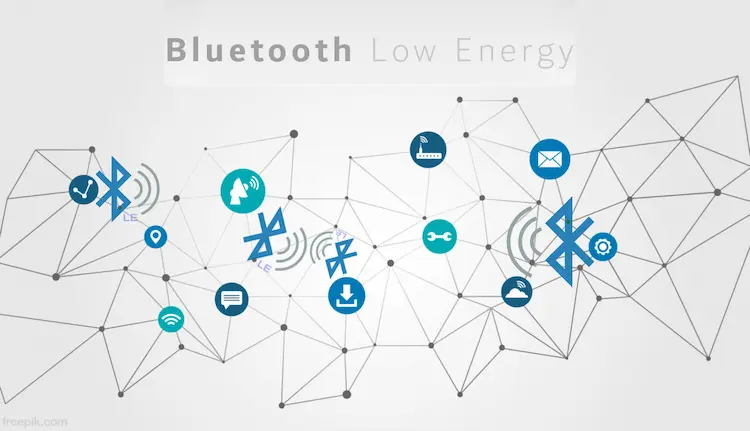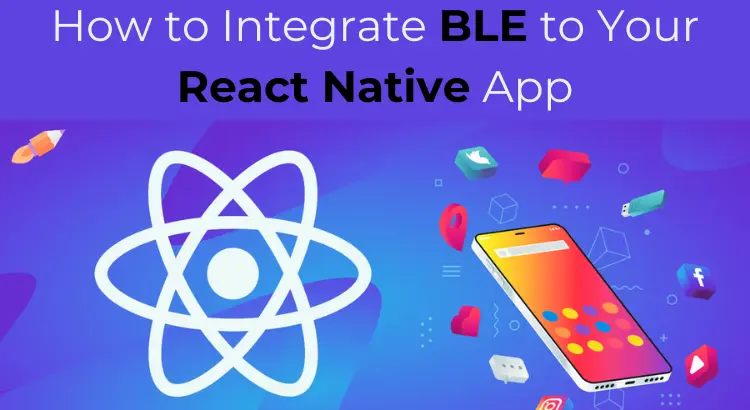App development is a complex and ever-evolving field. As developers, we’re always on the lookout for ways to optimize our applications, provide better user experiences, and stay ahead of the curve.
One such method is through integrating BLE (Bluetooth Low Energy) in React Native apps. But what is BLE, and why should you consider it for your app? Let’s dive in.
What is BLE (Bluetooth Low Energy)

BLE, or Bluetooth Low Energy, is a power-efficient technology designed for short-range communication between devices. It’s perfect for applications that require periodic transfers of small amounts of data.
Now, you might be wondering, “Why should I consider integrating BLE in my React Native app?”
Well, the answer lies in the unique benefits BLE brings to the table. For starters, it provides a seamless, power-efficient connection between devices, making it ideal for IoT (Internet of Things) applications. Additionally, it’s supported by a wide range of devices, from smartphones to smart home appliances, expanding your app’s potential user base.
How to Integrate BLE to Your React Native App
Now, let’s talk about the “how”. How do you go about integrating BLE in React Native apps? It might seem like a daunting task, but with the right approach and resources, it’s entirely manageable.

Firstly, it’s important to understand the technical aspects of BLE and how it interacts with the React Native framework. This knowledge will help you make informed decisions during the integration process. For instance, the BBC’s report on BLE technology provides an excellent starting point.
Next, consider the specific requirements of your app. Does it need continuous data transfer, or will periodic updates suffice? How will the app handle multiple BLE devices? These are just a few of the questions you need to answer before starting the integration process.
Once you have a clear understanding of your app’s needs, it’s time to start coding. There are several libraries available that can simplify the process, such as react-native-ble-plx and react-native-ble-manager. Choose the one that best fits your app’s needs and get to work!
Remember, integrating BLE into your React Native app is not just about adding a new feature. It’s about enhancing the user experience, increasing your app’s functionality, and staying competitive in the ever-evolving app market. So, are you ready to take your app to the next level?
Final Thought!
It’s worth mentioning that integrating BLE is not a one-size-fits-all solution. As The Guardian highlighted, BLE has its vulnerabilities, and it’s crucial to implement proper security measures to protect your users’ data. So, while BLE can bring numerous benefits to your app, it’s essential to approach its integration with care.
So, what do you think? Is BLE the right choice for your React Native app? We’d love to hear your thoughts, so feel free to share them in the comments below!